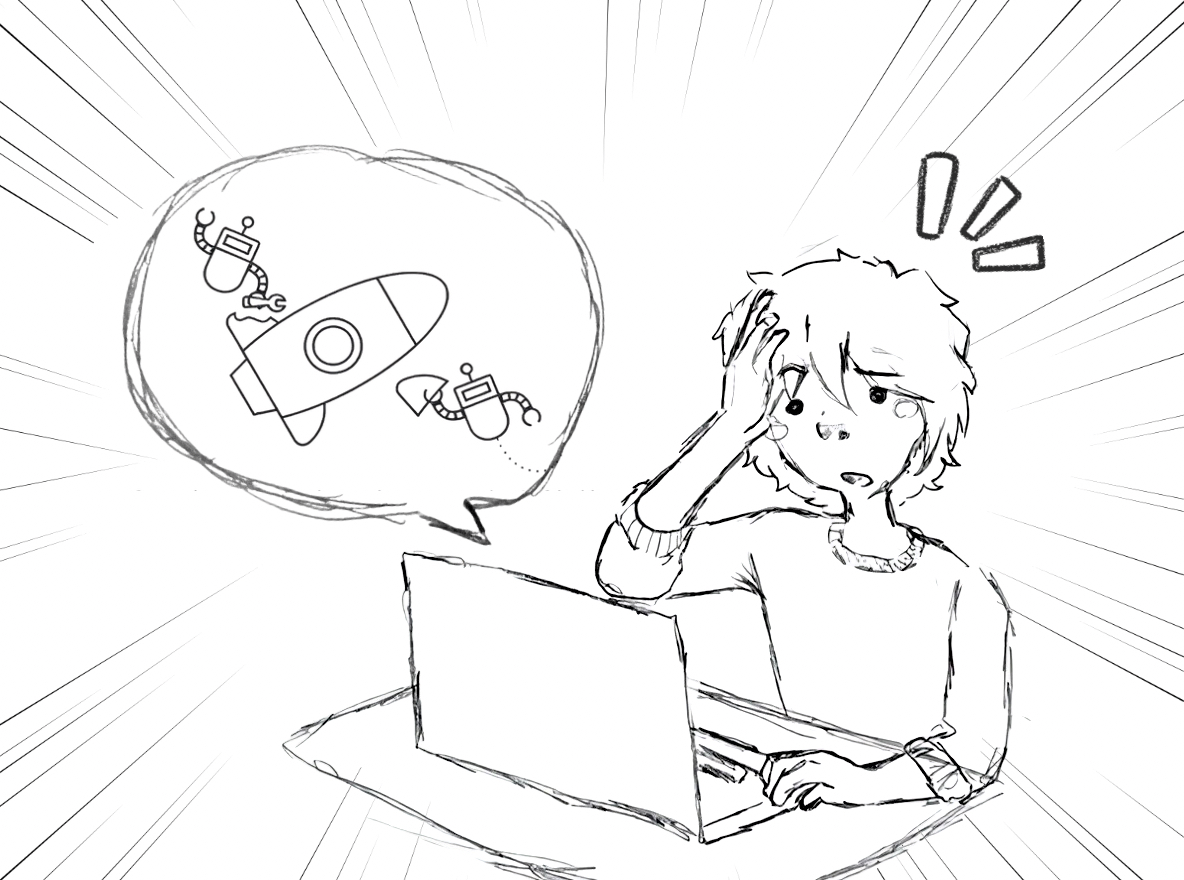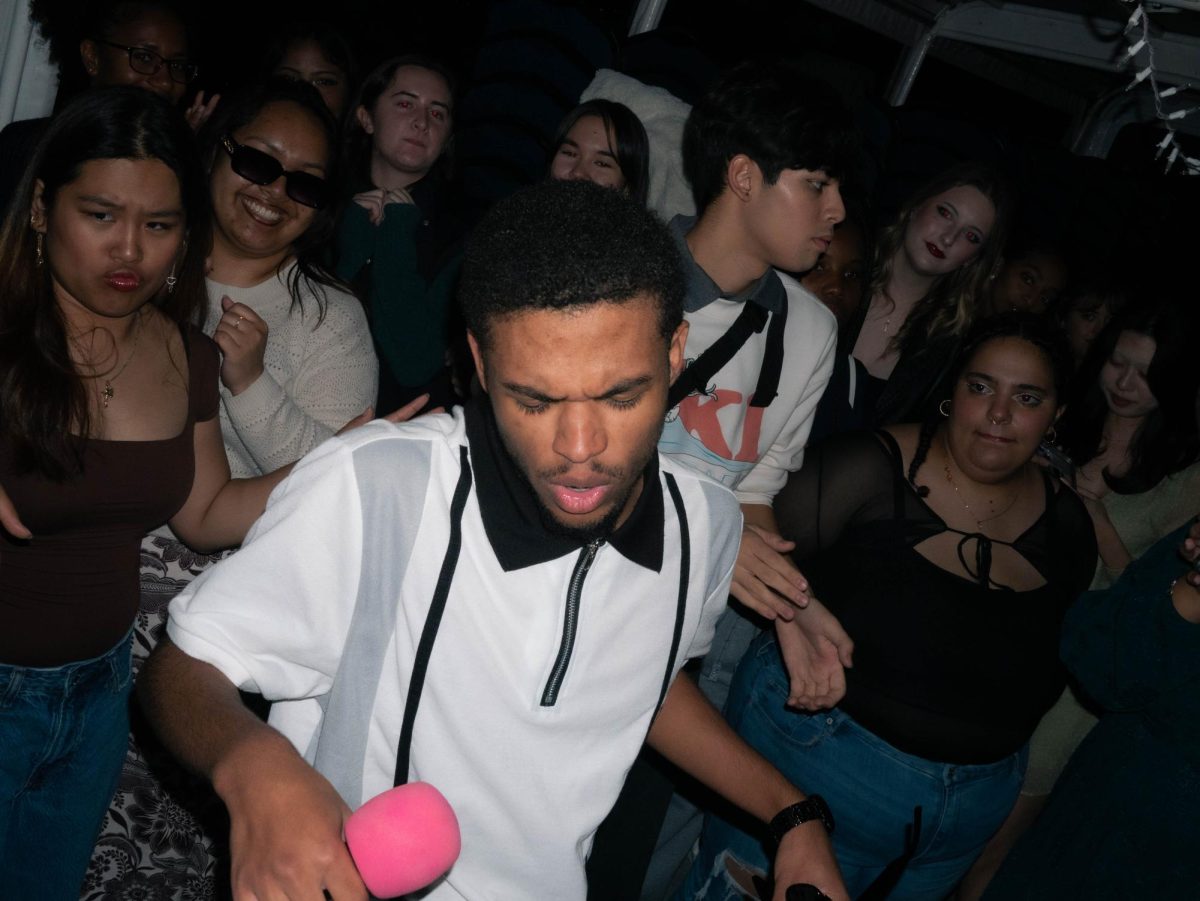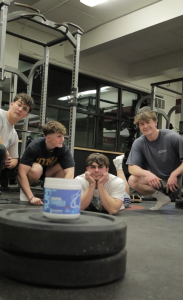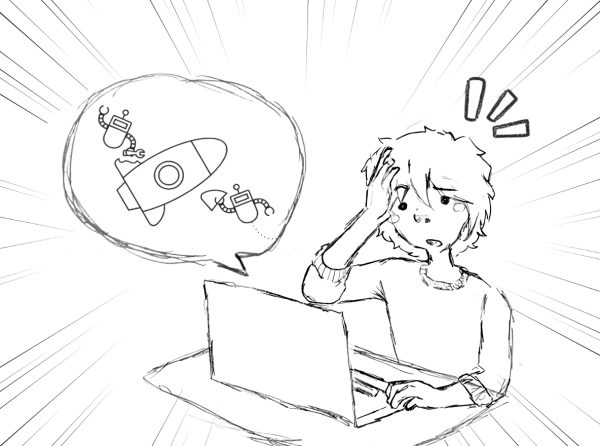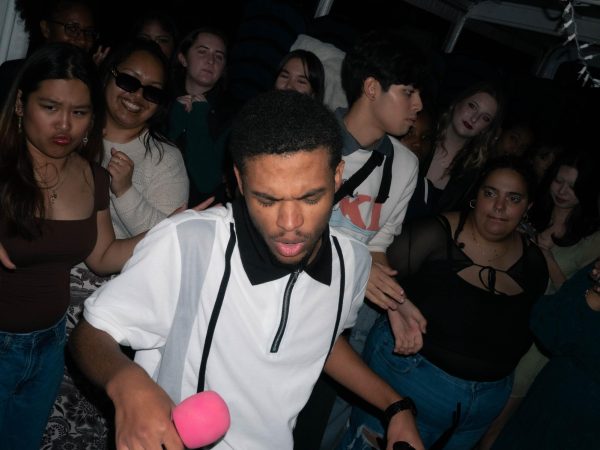Hobbies, not side hustles
How pressure for productivity breaks our generation down
January 21, 2020
Workaholism used to be considered a bad thing, particularly for women.
In many shows and movies made before 2010, a stuck-up career woman will be near its center. Lynette Scavo from “Desperate Housewives” and Miranda Hobbes of “Sex and the City” set a basis for a critique of workaholic tendencies as a signal of someone who neglected house and home, absent of hobbies and friends.
Workaholic characters would almost always end up having some sort of breakdown or psychotic episode, often needing to be put straight by a carefree, emotionally-fulfilled friend who could school them on why family, friends and creativity are what keep someone sane. Workaholism can be detrimental to physical and mental health. So why and when did the negative view of work-obsessed life change?
A ‘side hustle’ is any source of income, from bartending to selling jewelry, that doesn’t come from your full-time job. For some, cultivating a ‘side hustle’ hobby, like selling homemade products, might be a necessity. Most people who have side hustles are not doing it because they want extra income — they are doing it because they need it.
This trend has been considered by some to be a financial coping mechanism for young adults to handle the difficulty of securing a livable wage, which have increased significantly with student loan debt.
Faced with a world in which young adults are forced to work multiple jobs and constantly be ‘grinding’ just to make rent, attempting to frame that lifestyle as a positive to aspire toward might, ironically, be the only way to stop young people from breaking down. This has led to what some have begun calling ‘performative workaholism’ — with young adults pretending to love spending all of their waking hours working because, in reality, there is no other choice.
In 2019, according to the Bureau of Labor Statistics, average hourly earnings grew at a 3.2% rate for full-time, private industry employees and education professionals in the United States. However, many are concerned that this rate fails to account for inflation and cost-of-living changes — which, when included, suggest that wages have shrunk at least 0.8% since 2018, and 9% since 2006.
Millennials and members of ‘Generation Z’ need the extra income from side gigs to feel financially stable with the pressure of living costs and student loans.
This has major implications for the world’s young adult population, with a World Economic Forum survey finding that 35% of 18-25 year-olds report feeling lonely three or more times a week. Burnout and loneliness are closely linked, with much of the reason for solitude not necessarily coming from social isolation, to a lack of energy to engage in activities with others due to low-paying jobs. Loneliness can impact individuals not only mentally, but also physically. It causes higher rates of anxiety and depression, which already affect 22.3% and 10.9% of this age group, respectively.
Creative outlets have been proven time and time again to reduce anxiety and depression, while bolstering self-image and community relations. But in a culture where productivity is the be-all and end-all, it can feel impossible to truly enjoy purely creative tasks. Painting, knitting, photography and even social media have all come to be seen as potential money-makers, rather than enjoyable, stress-free activities.
The activities that society used to turn to in order to reduce the stress of work have become seen as little more than an opportunity to work more: to ensure that all of your time, even the things you used to enjoy in what was considered ‘spare time’ are used to create capital.
But who wouldn’t want to make money off of enjoyable hobbies?
While many of us feel that turning what we love into a full-time occupation may be the ideal situation, turning your hobbies into a source of income can seriously damage your enjoyment of them, particularly if you have another job, school or both taking up the majority of your day.
The motivation behind creative projects changes when the goal becomes making money and satisfying others rather than expressing and enjoying yourself. YouTube vloggers like Michelle Reed are open about the struggle of doing YouTube and social media as a job while trying to maintain a full-time job or student schedule.
The work required to take a self-made business off the ground is intense, and can be incredibly overbearing if an aspiring entrepreneur has other obligations that require a significant investment of time. Few people can immediately make the transition from a full or part-time job to working from home or freelancing, and juggling self-managed work schedules with a 9-to-5 is a recipe for extreme burnout.
Time is not money, and people are not a commodity — and neither is their creativity. Everyone has a right to have time to themselves, to create things for the enjoyment of creating things and to feel satisfied in their hobbies even when they aren’t being used as a tool to create income. Cultivating new skills and finding communities for the sake of enjoyment is beneficial for both one’s own creativity and, most importantly, mental health.

